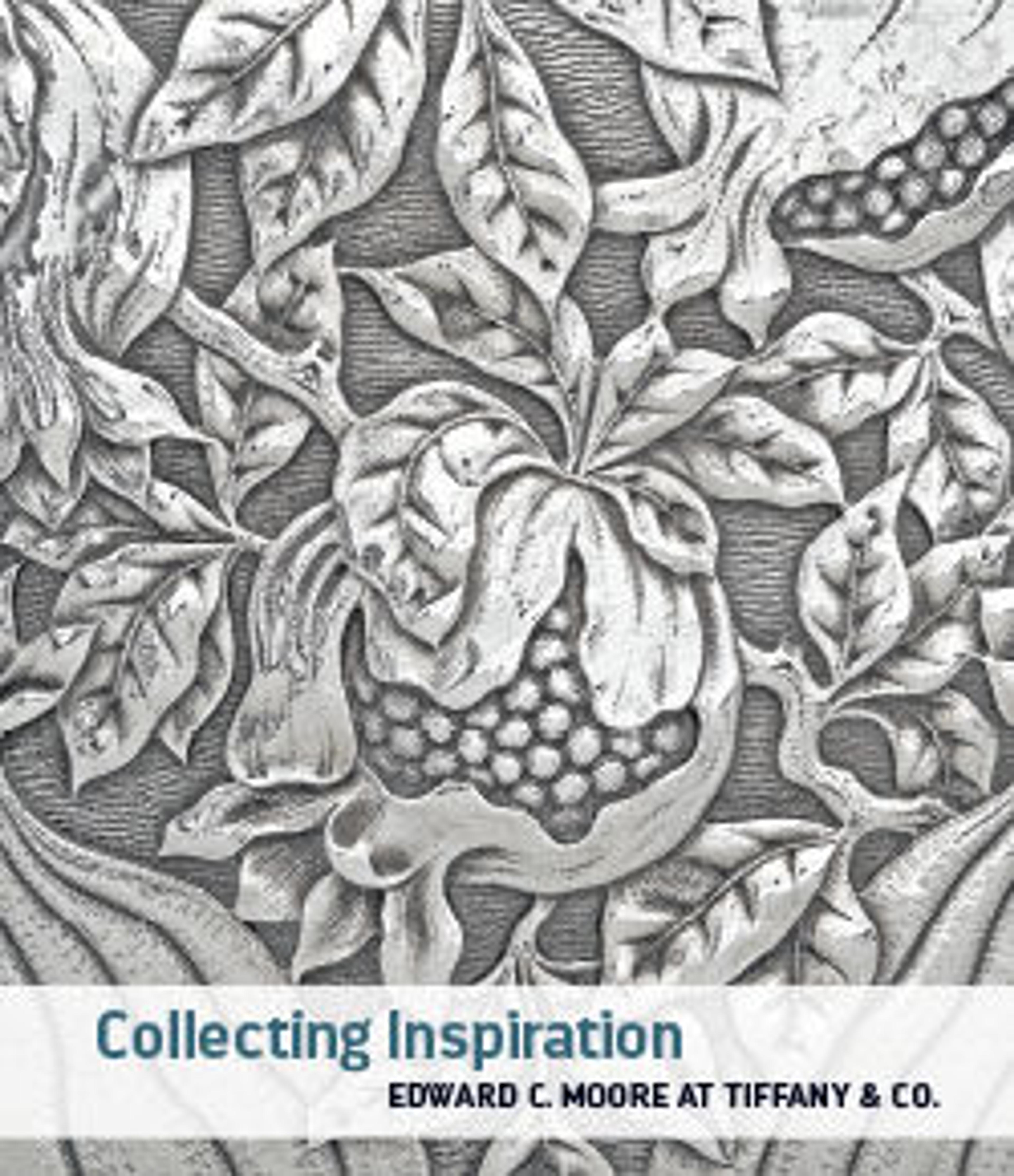Curly-Tailed Animal Pendant
Gold ornaments in Central America date back to the mid-first millennium CE, and some of these early gold pieces were made in the same shapes as jade objects. This small pendant is such a piece. The type has been named "curly-tailed animal" by archaeologists, and while details of the animal head differ from object to object—some have birdlike crests, others have long animal snouts or smooth, round heads—the prominent tail curled up over the back is remarkably consistent in both gold and stone objects. This consistency across media signals the beginning of a significant change in Central America, when the use of jade for important personal ornaments gives way to gold. The introduction of goldworking technology from Colombia to the south may have coincided with the depletion of jade sources in Costa Rica, or gold came to be adopted so firmly as the high-status material of choice that jade and its sources were eventually forgotten.
Artwork Details
- Title: Curly-Tailed Animal Pendant
- Date: 4th–5th century
- Geography: Panama
- Culture: Panama
- Medium: Gold
- Dimensions: H. 3/4 × W. 1/2 × D. 1 in. (1.9 × 1.3 × 2.5 cm)
- Classification: Metal-Ornaments
- Credit Line: Edward C. Moore Collection, Bequest of Edward C. Moore, 1891
- Object Number: 91.1.1166
- Curatorial Department: The Michael C. Rockefeller Wing
More Artwork
Research Resources
The Met provides unparalleled resources for research and welcomes an international community of students and scholars. The Met's Open Access API is where creators and researchers can connect to the The Met collection. Open Access data and public domain images are available for unrestricted commercial and noncommercial use without permission or fee.
To request images under copyright and other restrictions, please use this Image Request form.
Feedback
We continue to research and examine historical and cultural context for objects in The Met collection. If you have comments or questions about this object record, please contact us using the form below. The Museum looks forward to receiving your comments.
